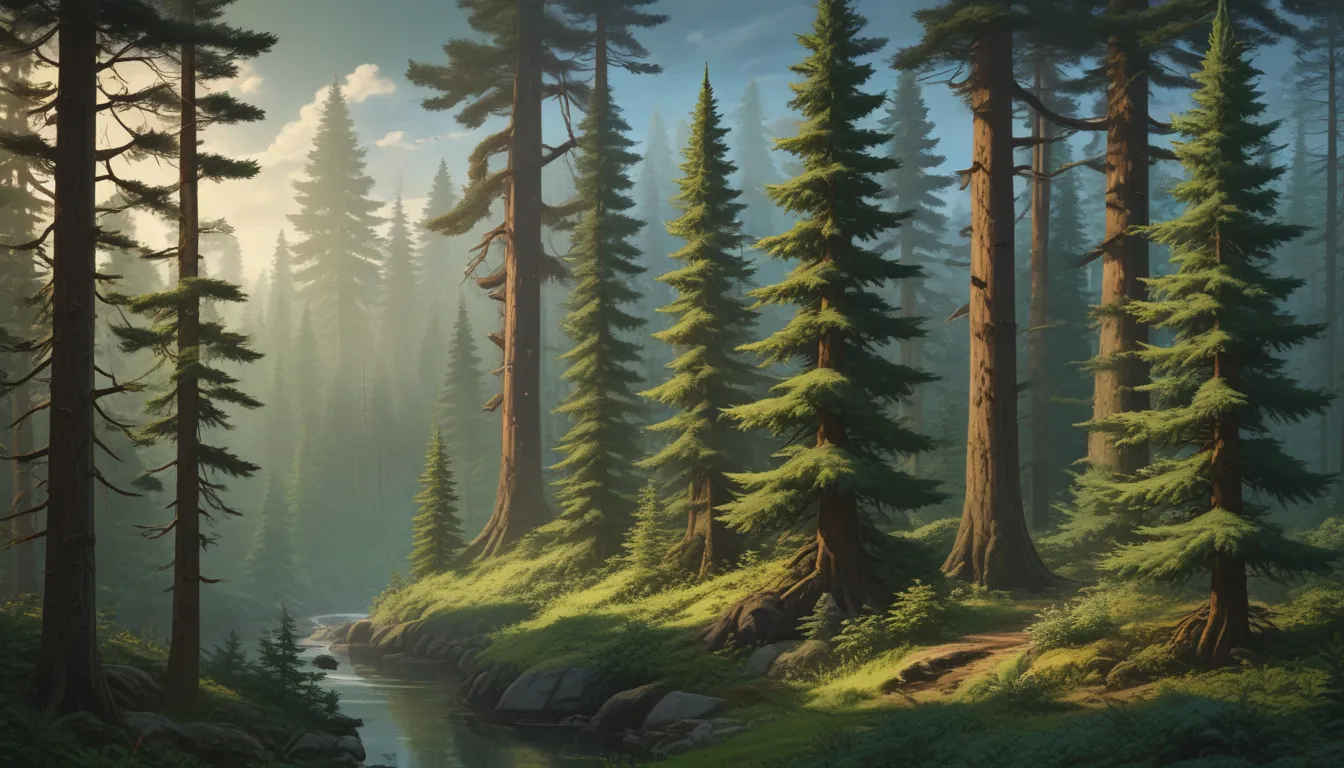Comprehensive Conifer Guide: Understanding Pine, Spruce, and Fir Trees

Growing up, I vividly remember planting a spruce tree with my dad in rural Pennsylvania. As we drove his pickup truck into the woods to find the perfect tree for our front yard, I mistook it for a pine. Little did I know, this experience sparked my interest in identifying trees, particularly pine, spruce, and fir trees.
Identifying these trees may seem daunting at first, but it’s a rewarding skill to have. With a little time and effort, you can become a conifer identification expert.
Let’s Dive Into Conifer Identification
Understanding the nuances of pine, spruce, and fir trees begins with observing their needles. This is the most crucial aspect of identifying these trees, and it forms the foundation of your knowledge.
Pine Needles
- Pine needles grow in clusters from a single origin point on a branch.
- They are often soft and longer than other conifers.
- Pine needles grow in clusters of 2, 3, or 5.
- They can reach up to 16 inches in length.
- The swaying sound of wind through pine needles is soothing and distinctive.
Spruce Needles
- Spruce needles are short and stiff.
- They grow individually from stalk-like projections.
- These needles can be rolled between your fingers.
- Spruce cones tend to be smooth and flexible.
Fir Needles
- Fir needles are soft and flat.
- They grow from a single point of origin similar to spruce but without woody projections.
- Look for two white stripes on the bottom of each needle.
By observing the needles, you can quickly determine whether you’re looking at a pine, spruce, or fir tree.
Moving Beyond Needles: Cones and Branches
While needles are the primary identifier, examining the cones and branches of a tree can offer additional clues.
Pine Cones and Branches
- Pine branches are fewer and upturned.
- Cones start green and turn reddish-brown or black.
- Fully developed pine cones are woody and stiff.
Spruce Cones and Branches
- Spruce branches tend to grow upwards.
- Cones have thin scales and hang downwards.
Fir Cones and Branches
- Fir branches are wider and downturned.
- Cones develop upwards like candle flames.
Bark and Growth Habits: The Final Piece
The bark and growth habits of pine, spruce, and fir trees can provide more insight into their identity.
Pine Tree Bark
- Young pine trees have smooth bark that becomes flaky with age.
- They develop an open, rounded canopy resembling “jagged lollipops.”
Spruce Tree Bark
- Spruce bark is rough and scaly due to woody projections.
- Their shape mimics the classic Christmas tree silhouette.
Fir Tree Bark
- Fir tree bark is smooth when young and becomes furrowed with age.
- They have a tall and upright growth habit.
While bark and growth habits are not definitive identifiers, they complement the needle and cone characteristics.
Choosing the Right Tree for Your Landscape
Understanding where these trees thrive can also aid in identification. Here’s a quick rundown:
- Pines prefer well-drained soil and sunlight.
- Spruces are versatile but excel in cooler climates.
- Firs can adapt to varied light conditions and soils.
Exploring Other Conifers
Beyond pine, spruce, and fir trees, there are several other conifers that may resemble them:
Hemlock
- Hemlock needles attach uniquely to the stem and are flattened.
Yew
- Yew shrubs have flat needles with pointed tips.
Cypress, Arborvitae, and Juniper
- Cypress and arborvitae have scaled needles, while junipers have spiky foliage.
Cedar
- Cedar needles are short, fern-like, and fragrant.
Remember, naming conventions for trees can be confusing, so using their Latin names ensures accuracy.
In Conclusion
Identifying pine, spruce, and fir trees may seem intimidating, but armed with this comprehensive guide, you’ll soon become a conifer identification pro.
Bookmark this resource for reference and feel free to share your conifer photos for identification in the comments section. I’m here to help!
For more tree-related guides, check out our articles on growing and caring for pine trees, exploring the best pine tree varieties, and planting juniper shrubs.
With a little practice, you’ll be confidently identifying conifers like a seasoned pro!





